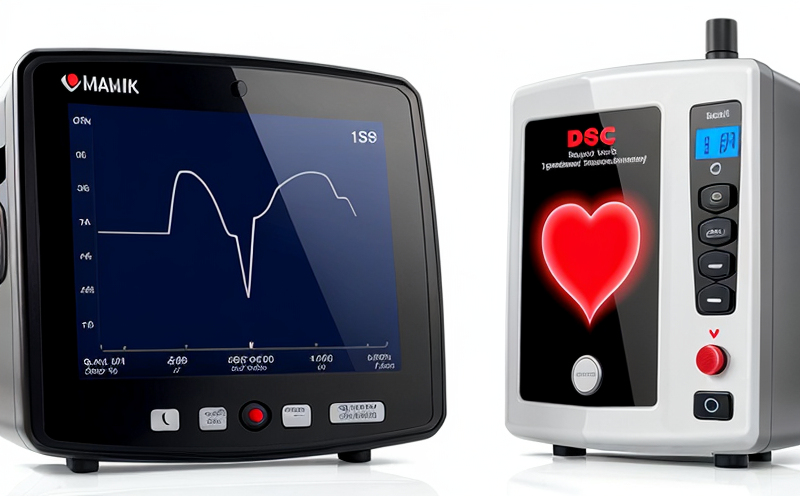ISO 5840 Transcatheter Heart Valve Radial Force Testing
The ISO 5840 standard is a crucial document in the medical device industry, particularly for transcatheter heart valves (THVs). These devices are used to treat various cardiac and cardiovascular conditions, including aortic stenosis. The radial force testing specified in this international standard ensures that THVs can withstand the mechanical stresses encountered during deployment without failing.
The test procedure requires precise control over several parameters, such as the position of the valve within the catheter, the application of radial force, and the measurement of the resulting displacement. This section provides a detailed overview of how Eurolab ensures compliance with ISO 5840 standards in the context of testing transcatheter heart valves.
The first step involves selecting the appropriate test specimen based on the specific design and geometry of the THV. The sample must be prepared meticulously to mimic real-world conditions as closely as possible. This includes ensuring that any lubricants or coatings are applied correctly, which can significantly affect the radial force required for deployment.
Once the specimen is ready, it is positioned within a specialized fixture designed to simulate the delivery system of the THV. The fixture must be capable of applying a defined amount of radial force while maintaining precise control over the rate at which this force is applied. This controlled environment allows Eurolab technicians to accurately measure how the valve responds under stress.
The testing apparatus used for ISO 5840 compliance includes advanced mechanical testers and sensors that can monitor displacement, force, and other critical parameters throughout the test cycle. These systems are capable of generating forces up to several hundred Newtons, depending on the size and expected deployment characteristics of the valve being tested.
During testing, the radial force is applied in a manner consistent with clinical scenarios. This may involve simulating different positions within the patient's anatomy or varying the amount of force based on the intended use of the device. The displacement of the valve under these conditions is then measured to determine if it meets the acceptance criteria outlined in ISO 5840.
Acceptance criteria for radial force testing are stringent and are designed to ensure that THVs can be safely deployed without causing damage to surrounding structures or failing prematurely. Compliance with these standards is critical for ensuring patient safety and regulatory approval.
The results of the ISO 5840 test are reported comprehensively, detailing the applied forces, displacement measurements, and any deviations from expected performance. These reports serve as a vital tool for quality managers, compliance officers, R&D engineers, and procurement teams, providing clear evidence of adherence to international standards.
Compliance with ISO 5840 is not only essential for regulatory approval but also helps manufacturers ensure that their products are safe and effective. By adhering to these rigorous testing protocols, Eurolab contributes significantly to maintaining the high quality and reliability expected in medical device manufacturing.
Benefits
- Enhanced Safety: Ensures that transcatheter heart valves can withstand mechanical stresses during deployment without failure.
- Regulatory Compliance: Provides comprehensive testing to meet international standards, ensuring compliance with ISO 5840.
- Improved Product Quality: Identifies potential design flaws or material weaknesses early in the development process.
- Patient Safety: By confirming that THVs are robust enough for clinical use, this testing enhances patient safety during procedures.
- Competitive Advantage: Demonstrates a commitment to quality and reliability, which can differentiate products in the market.
- Cost Savings: Early identification of design issues reduces rework and potential delays in product launch.





